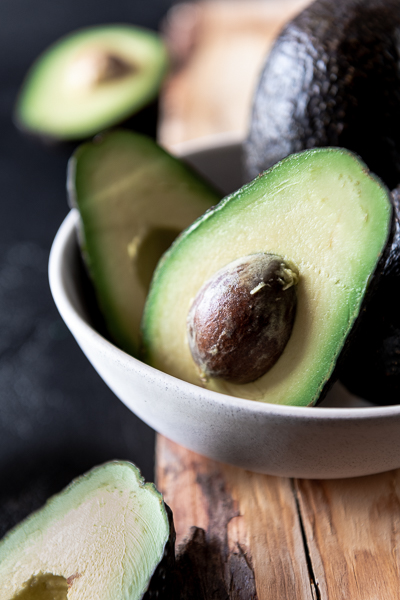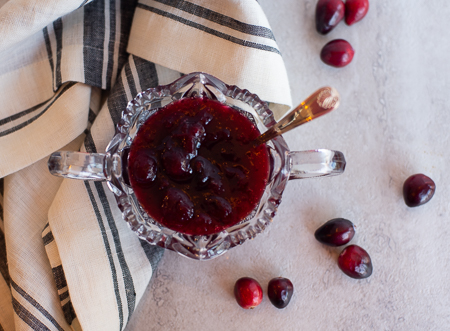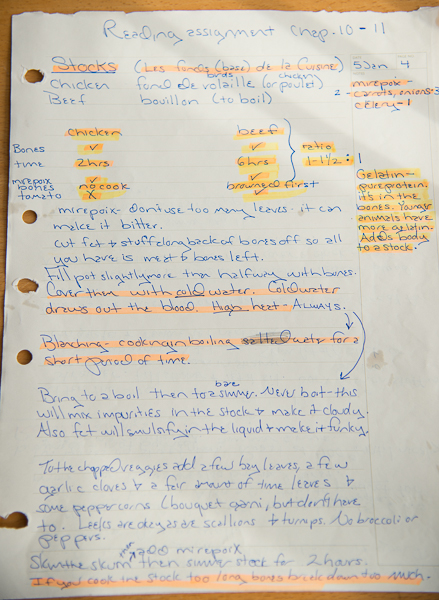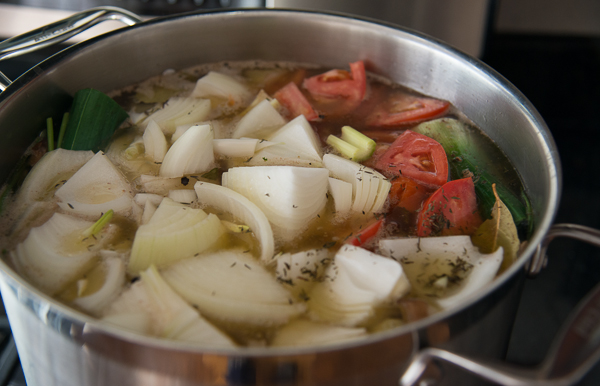I can’t believe it’s been over a year since my last blog post, and what a year it’s been. A global pandemic, a retirement, a cross-country move, going back to the Department of State Office of Inspector General as a retired annuitant leading inspections of Department programs and hopefully, next year, embassies overseas.

A lot has changed in the past year. You’ll see that Jeannine’s Cuisine has a new look that reflects some of those changes. We now live in Helena, Montana! We had previously purchased some land here and planned to build a home. However, when our builder wanted to charge us more than $800,000 for a pretty basic 2,600-square foot home, we decided to go a different route instead. We found a one-story rancher with the spectacular mountain views you see in the photo at the top of this post. We’re still working on making it home, but we’re getting there. I’m down to three boxes. Yeah!

Before I went back to work I enrolled in a food photography course taught my Kimberly Espinel, a former Saveur magazine food photographer of the year and a wonderful instructor. It was a little difficult juggling work and photography homework, but it was so worth it. You can check out Kimberly’s blog here. The photos in this blog post were my final project for the class. I think you’ll agree I learned a lot in the class.
On to the recipe – I’ve always wanted to do a post for Cinco de Mayo. When I was looking for ideas for my final project for my photography class, I decided on guacamole. It’s delicious and healthy, and it’s not just for tortilla chips anymore, although some chips and guacamole with a frosty margarita sounds like a perfect combo to me. Serve it with tacos or anything else you are preparing for Cinco de Mayo. Pile it on toast, an omelet, or over fresh greens for a salad. I just love avocados and anything made with them. After doing the photographs for this post, however, and going through two of the big bags of avocados from Costco, I’m going to take a little break from eating them for a while.
Guacamole
Yield 1 1/2 Cups
You can make this guacamole as simple or elaborate as you choose. Some purists just mix avocado with salt and pepper and call it a day. Don’t like tomatoes? Skip them. If you only have lemons instead of lime, use lemon juice instead. I love the taste of cilantro, but some people really detest it. You do you!
2 avocados
1 garlic clove, peeled and finely chopped
Salt to taste
2 tablespoons of finely chopped cilantro
Juice from 1/2 lime
Chopped hot chile to taste (I like to use one serrano, but you can also use jalapeno, habanero or skip it altogether)
1/4 white onion, finely chopped
1/2 tomato, chopped into 1/4-inch pieces

Remove the seed from the avocados and place the flesh in a bowl. Smash the avocado with a fork or a potato masher. Add salt to taste and any remaining ingredients you choose. Mix to combine and serve immediately.

You can extend the life of the guacamole by squeezing lime juice over the top and pressing plastic wrap on the surface to keep out the air. Just stir the lime juice in before serving.
Adapted from Mexican Everyday by Rick Bayless














































